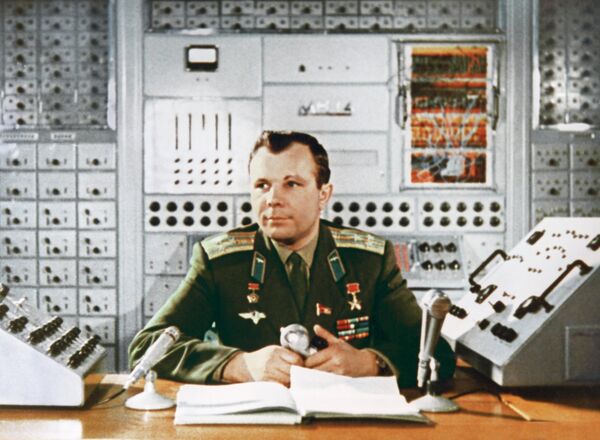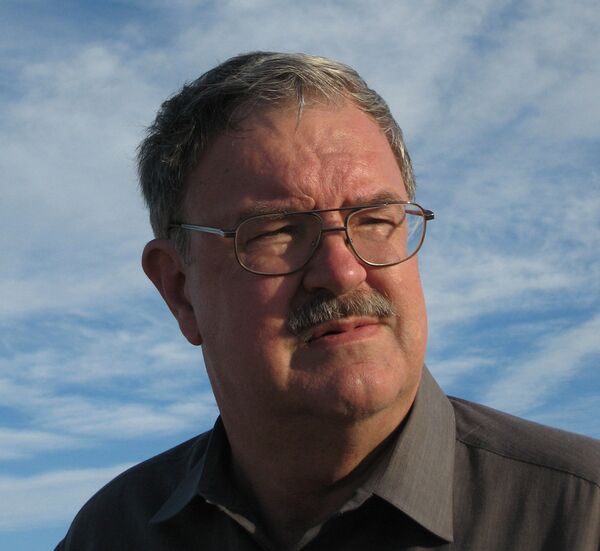"Zero Cosmonauts" or "Ghost Cosmonauts"
Adherents of this "theory" believe that the USSR sent people into space before Gagarin. This is where the name "zero cosmonauts" comes from. However, those launches were supposedly unsuccessful, so the Soviet leadership strictly classified all information on the launches and astronauts. There's no official mention of these people anywhere, which is why they are also called "ghost cosmonauts."
While the USSR actually conducted suborbital flights from the beginning of the 1950s, they were unmanned and had dogs as passengers on board. Also, none of reported dates coincide with the actual dates of launches from Kapustin Yar. Probably, some information about the Soviet launches reached Western intelligence officers and analysts, albeit in a distorted form.
The names of the "zero cosmonauts" have never been mentioned in any archives or memoirs. Even with the advent of increased government transparency (the so-called glasnost) and the disclosure of records, there were still no mentions of these people.
In addition, total secrecy of this kind was difficult to achieve and there was no need for it. In terms of prestige, it was very important for the Soviet Union to win the Space Race — the competition with the United States for supremacy in spaceflight. Successful or not, it only mattered whether the flight was conducted. So, three reports were prepared ahead of Gagarin's flight: one of them informed the world about the successful first human space flight, another one was an appeal to all states to assist in the search for the cosmonaut in case he landed in an inappropriate place, and the third one announced the death of the first astronaut in mankind's history. Therefore, it is unclear why the Soviet leadership would so carefully hide the information on the manned suborbital flights, which could have been the first ones in the history.
The end to this myth was put to bed by famous American space journalist and historian James Oberg, who studied all the details. Back in the 1980s, he came to the conclusion that the Soviet suborbital astronauts are nothing but a legend.
Other Lost Astronauts
Nevertheless, several stories of "lost astronauts" appeared later on. This time, their deaths were linked to failed launches of Soviet ships and satellites, which actually took place. The role of the dead astronauts was also played by people who really existed.
The "sensational news" about two unsuccessful launches was reported in autumn 1960 by the American press: one spacecraft with cosmonaut Ivan Kachur on board exploded in the beginning of September and another vehicle carrying cosmonaut Pyotr Dolgov exploded in orbit. More reports followed from the Judica-Cordiglia brothers, who were Italian amateur radio operators and allegedly heard and even recorded conversations between Soviet cosmonauts and their ground control.
However, it later turned out that the details were actually taken from a Soviet magazine, "Ogonyok," from the 1950s, which published the names and photos of technicians from the Institute of Aviation and Space Medicine, among which there were Zavadovsky, Kachur and Dolgov. Some of the foreign analysts saw their pictures in the magazine and came to the conclusion that they were from the first Soviet cosmonaut squadron training for the flights. Indeed, their activity was related to space, but they never flied there; meanwhile, the names of the real first cosmonauts were highly classified.
As for the recordings made by the Judica-Cordiglia brothers, they were proved to be fake, as the astronauts were speaking grammatically bad Russian, in a way simply impossible for native speakers.
The First Soviet Cosmonaut Taken Captive in China
In April 1961, English edition of "The Daily Worker" reported some sensational news: the Soviet Union had launched a man into space. His name was Vladimir Ilyushin, the son of the famous Soviet aircraft designer who created the IL. The Soviet Union officially denied this information, but over time it was picked up by conspiracy theorists who constantly added more details.
The story is both interesting and exciting, but fake. Sukhoi test pilot Vladimir Ilyushin has never been a member of the cosmonaut corps. He walked with the help of crutches due to a serious car accident, in which he injured both legs. He actually spent some time in China, where his rehabilitation after treatment took place.
Gagarin's Death on the Moon
This "theory" appeared significantly later than the rest. Its proponents believe that Gagarin, who wanted to fly into space again, was sent on a lunar mission in March 1968 on "Zond 4," even though the program was ill-considered. The risk of losing the Space Race to the US was so unbearable, that a decision was taken to launch on March 2, despite the program being far from ready.

Due to the failure of the navigation system, the spacecraft flew in the other direction rather than to the moon. Upon returning to Earth, the vehicle unsuccessfully landed in the Gulf of Guinea; Gagarin died on March 9. All the people, who saw him afterwards, allegedly saw his double, specially selected to cover the failed lunar flight.
The legend is based on a frankly weak argument: Gagarin really did want to fly into space again and he was at the launch site the day "Zond 4" was sent into space, but everything else is just pure fantasy.









